Volkswagen Ameo Cup media race
Learning on the go is said to provide one with valuable experience. In racing, however, a mistake while doing so can have you end up looking foolish while incurring some damage too.
Learning on the go is said to provide one with valuable experience. In racing, however, a mistake while doing so can have you end up looking foolish while incurring some damage too.
I get the feeling that Volkswagen Motorsport India are gluttons for punishment. How else would you explain inviting pedal-happy journalists with vastly varying levels of racing experience to race each other in their one-make Ameo Cup racing car? That too, around the most technical of the three permanent racing circuits in India, the 3.717km, 12-turn, Madras Motor Race Track (MMRT) near Chennai.
A lot of work has gone into making this car significantly faster than the Vento Cup car that it replaced last year. There was also a fair bit of understeer engineered into the steering as this car would be used by the regular Ameo Cup racers, most of whom would be track novices like me.
Some of the other racers I was up against were a lot more experienced than I in terms of driving mileage and also with experience of driving big, heavy and powerful cars and driving them fast and well. That last part is the operative word here.
Not to mention the best four drivers over the course of the weekend – Abhik Das (Auto Today), Ashok George (Top Gear India), Ameya Dandekar (Carwale) and Nikhil Bhatia (Autocar India) – have good experience of riding motorcycles. The sense of balance and sensitivity to changes in grip is something that helps capable riders to find the limit of a car.

It’s no coincidence that the racing driver that the late great Enzo Ferrari regarded as ‘the greatest there ever was and ever will be’ started his career as a successful motorcycle racer. Go ahead and Google ‘Tazio Nuvolari’. It’s not a rule of thumb but a strong correlation most certainly exists. I am no rider but I would think that this is not too much of a reach by me.
Ok that’s enough praise, let’s get back to the weekend that was a case of me trying to find some speed. My best effort in the first 30 minute practice was 2min.09.127sec. Good enough for ninth…out of 12 drivers. Worse than my standing on the timing screen, however, was how far behind I was to the fastest driver, Ameya, and the driver in eighth position – Parth Charan from GQ India. I was 12.647 seconds slower than Ameya and 5.160 behind Parth.
We all waited for our ‘cheat sheet’ after practice. I am referring to the telemetry page that shows engine speed, throttle input, brake pressure, which gear the car is in, steering angle and speed of the car over the course of our best lap in a session around the MMRT. These six values are represented on five different graphs on a sheet and juxtaposed with the values of the fastest driver in the session.
That plus some tips from driving coach Rayomand Banajee and lead test driver Karthik Tharani made me eager to push harder in second practice. Just one small problem…I crashed.
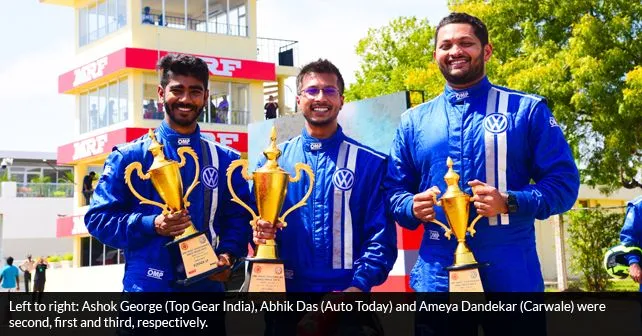
Going in hot at the sixth corner (Never Ending Corner aka The Big D) and trying to not steer too much into the right-hander made the car understeer at the exit and spin on the grass after I panicked and stepped on the brakes. The car did a 180-degree spin and slid across the track and into the metal barrier on the short straight section before the next left-hand turn.
I had spun off in a race car before but that was at the vast and safe expanse of the FIA Grade-1 Buddh International Circuit. The MMRT is far less forgiving. Not just because it is more technical than the BIC but also because there are metal barriers very close to the much narrower track waiting to greet the fools who get it wrong.
Not completing even a single lap made me miss out on crucial track time and treat qualifying as the second practice session that I wasted. That didn’t work out very well. My time was just over half a second faster than first practice. The gap to the fastest driver, now Abhik, had stretched to 13.544 seconds and Parth had improved his time from practice one by four seconds. I was tenth now out of 11 classified drivers.
Come Sunday, I got to experience everything except winning or finishing on the podium. I ended the race ninth and even crashed into Parth at Turn 8 while trying to pass him. And that happened a couple of laps after I lost a place to him while understeering out of the exit of Turn 8 while trying to avoid ramming into the back of Siddarth from Zigwheels.
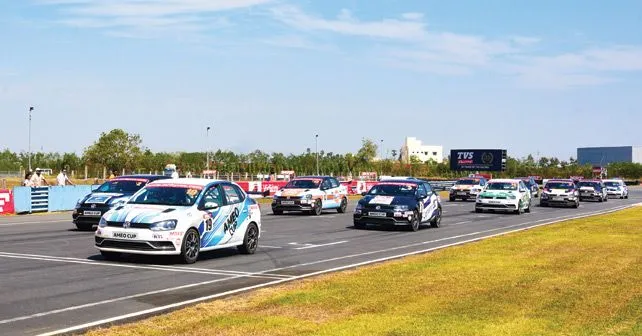
My fault for being too impatient after being too cautious while trying to pass him after he went wide earlier coming out of Turn 3. Not being right alongside Parth while trying to pass him meant a lot of the blame fell on me. I realized that and backed off the throttle enough to stay behind him.
So why was I so happy after such a messy race? First, because all the caginess over the course of practice and qualifying disappeared as soon as the lights went out, and I gave chase to any car I saw ahead of me. And second, because my best lap-time over the course of the eight-lap race was 1:58.871, 9.674 seconds faster than my time in qualifying.
Of course, while I took consolation at progressing over the course of the weekend, there was the downside of returning the car to the pits with damage on two straight days. Not only is there the obvious monetary damage but also a human cost of VW Motorsport India’s technicians having to work extra to fix the damaged car. And it only gets worse if you crash higher up the motorsport ladder. Smooth, fast and safe is definitely the way to go. Just ask Abhik, Ashok and Ameya who finished on the podium!
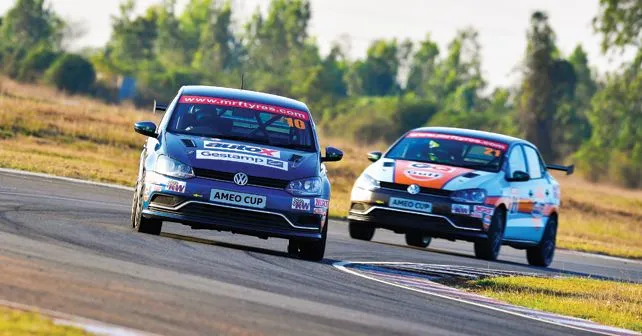
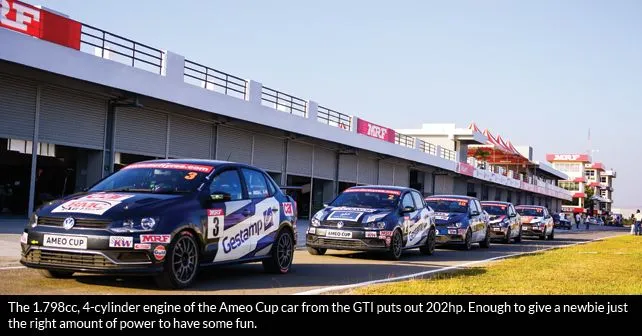
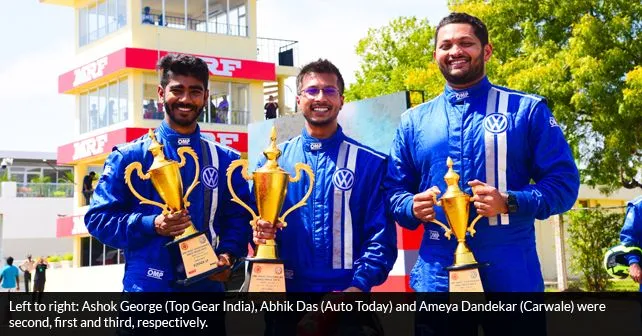
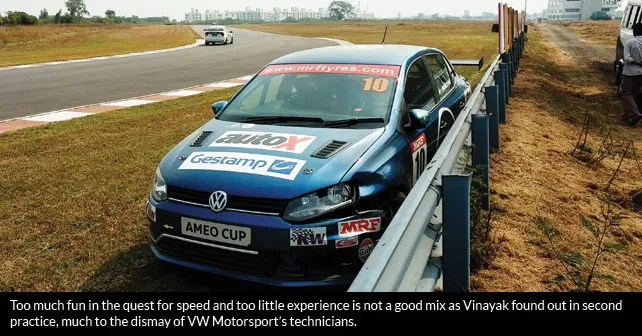
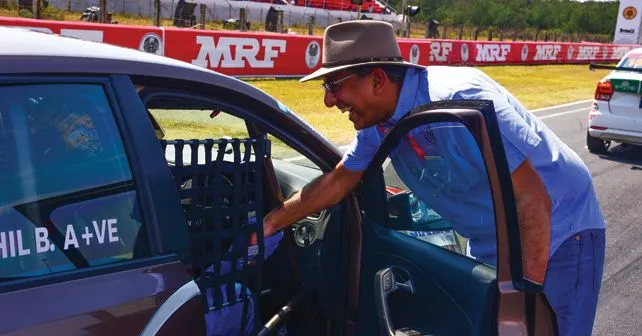
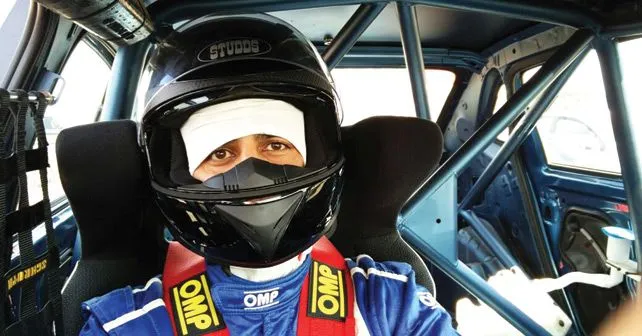
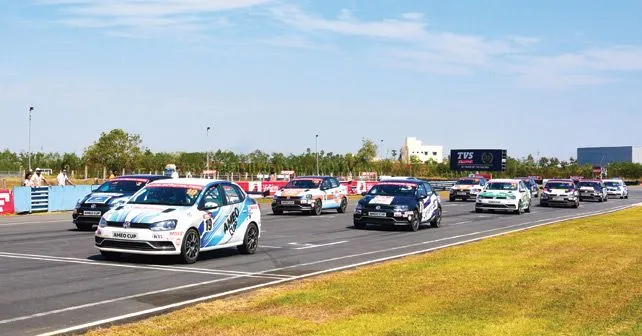
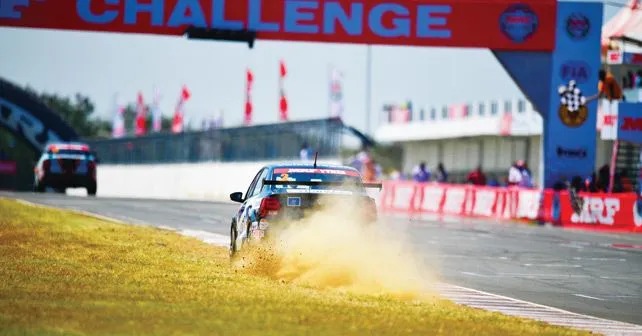
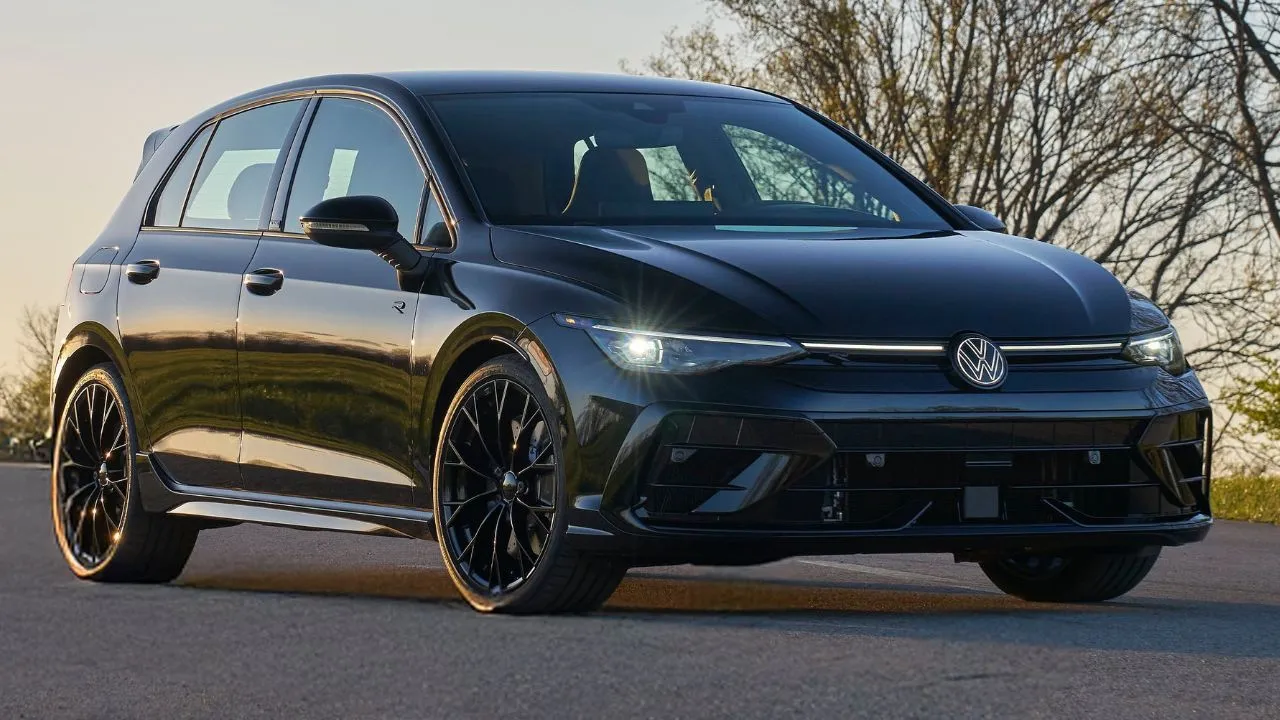

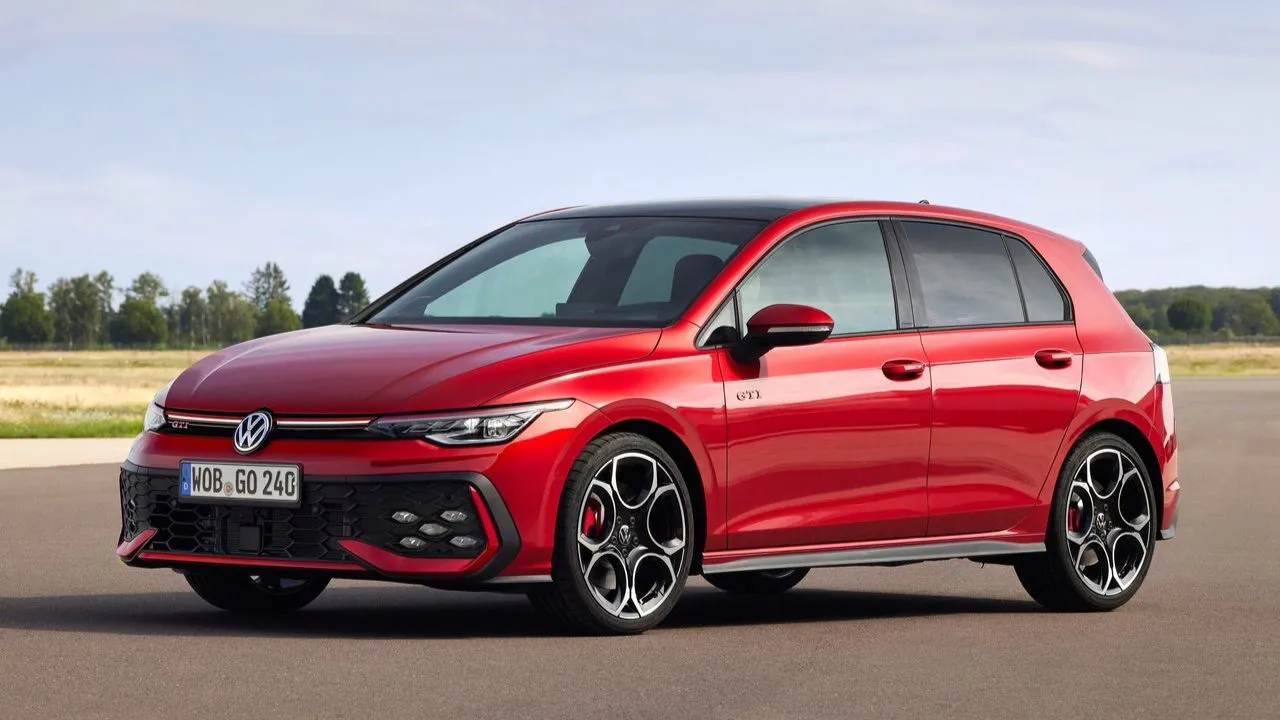
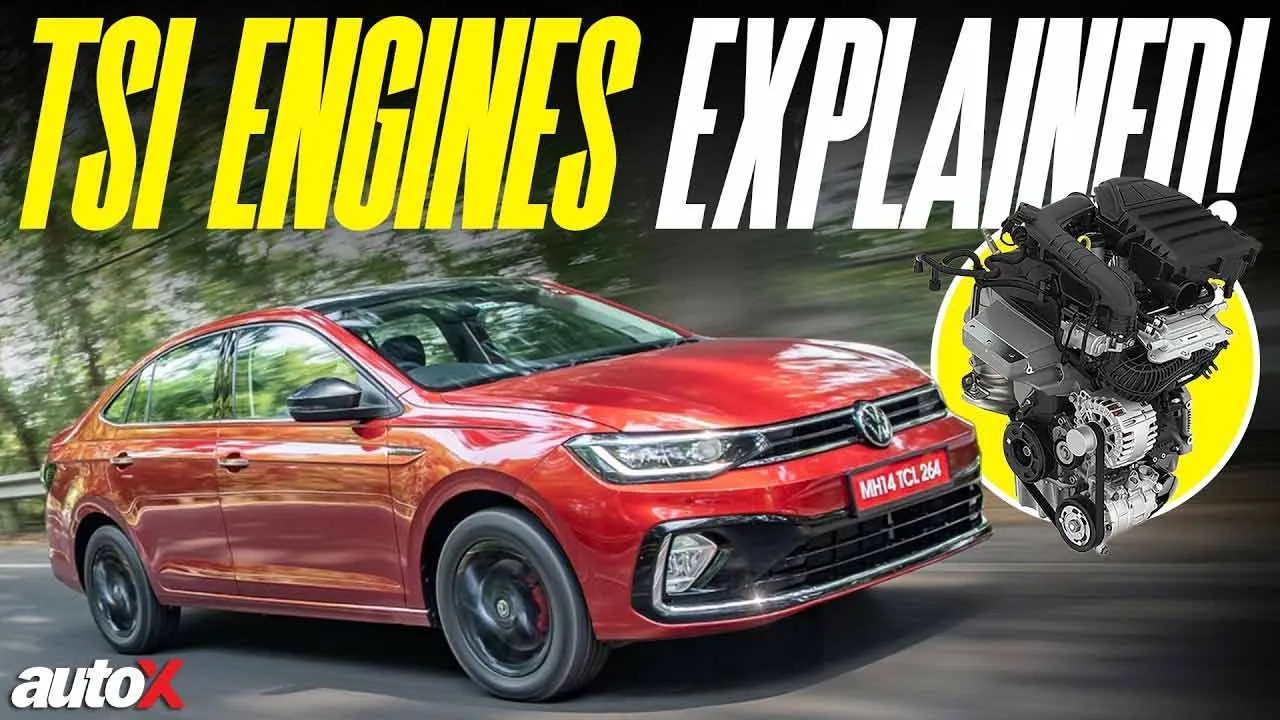
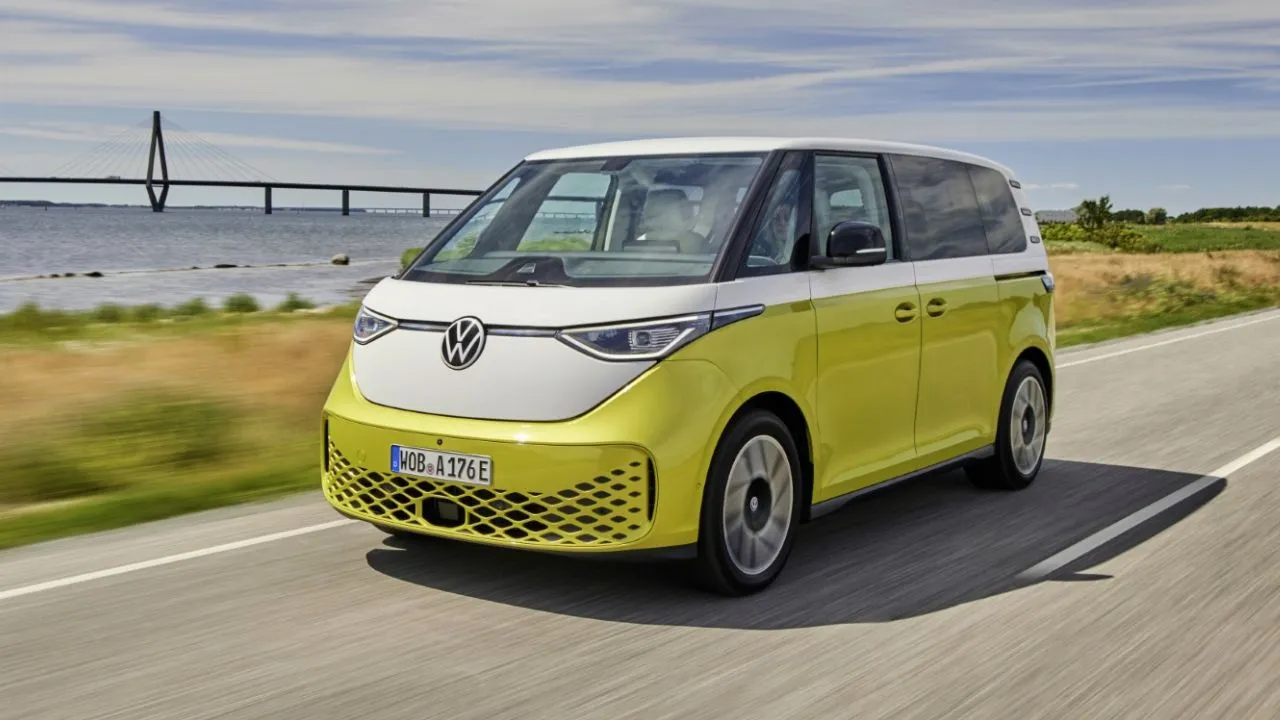
.webp)


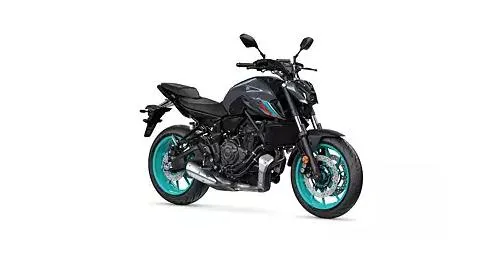




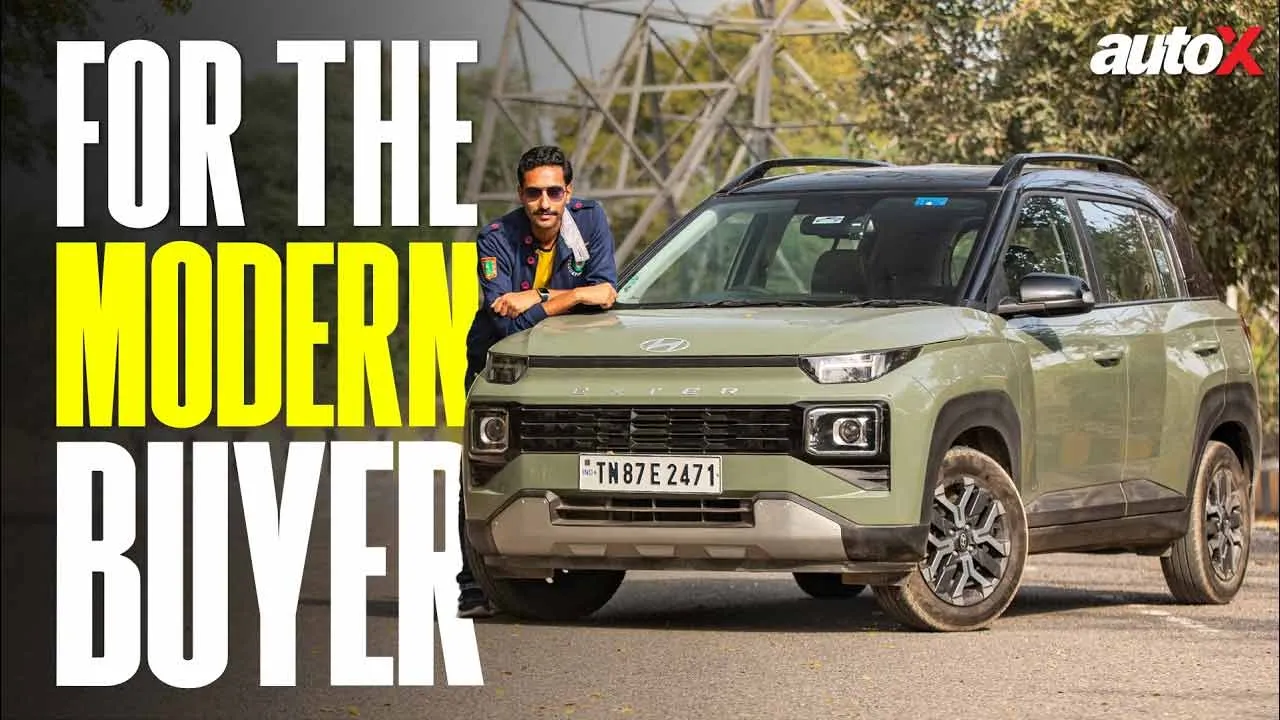
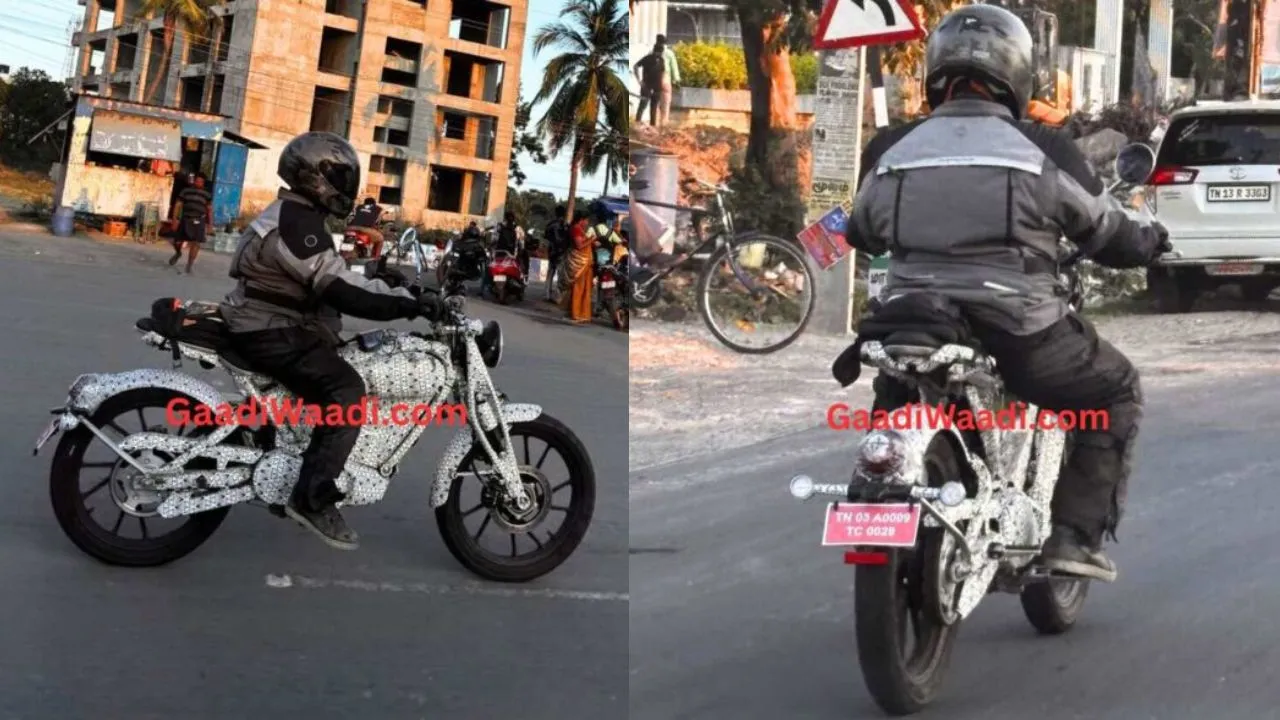
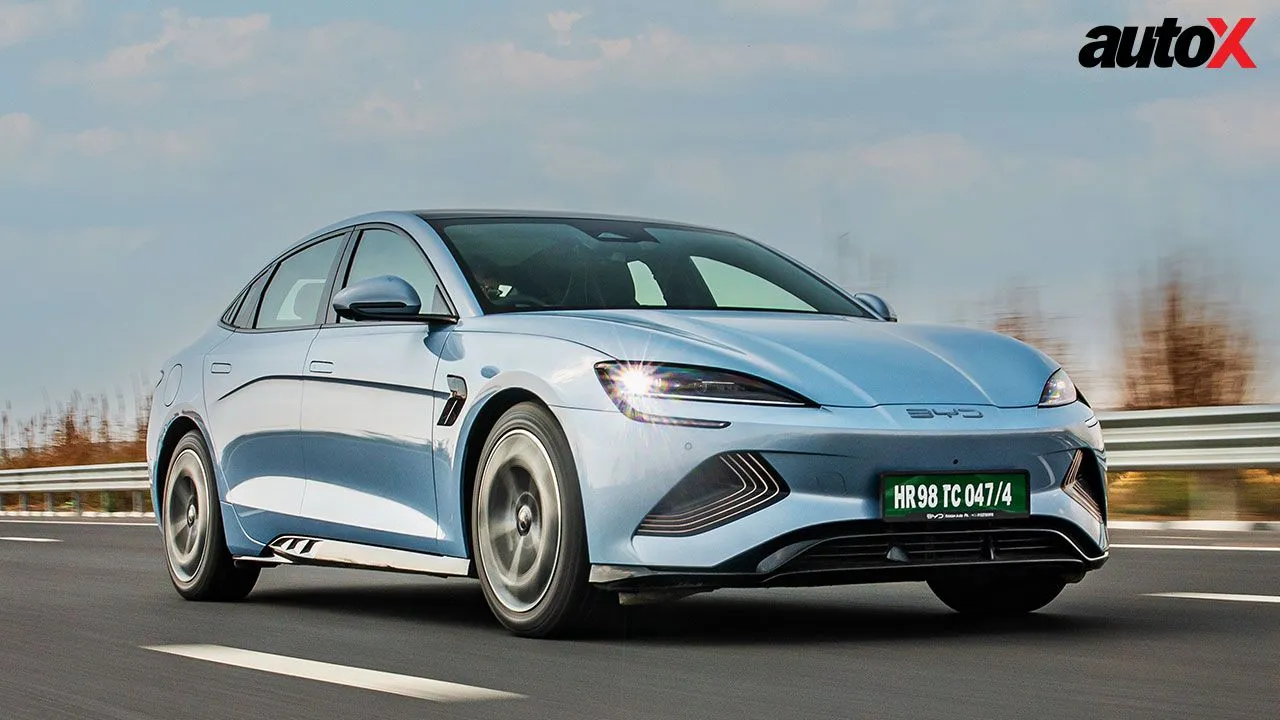





Write your Comment on